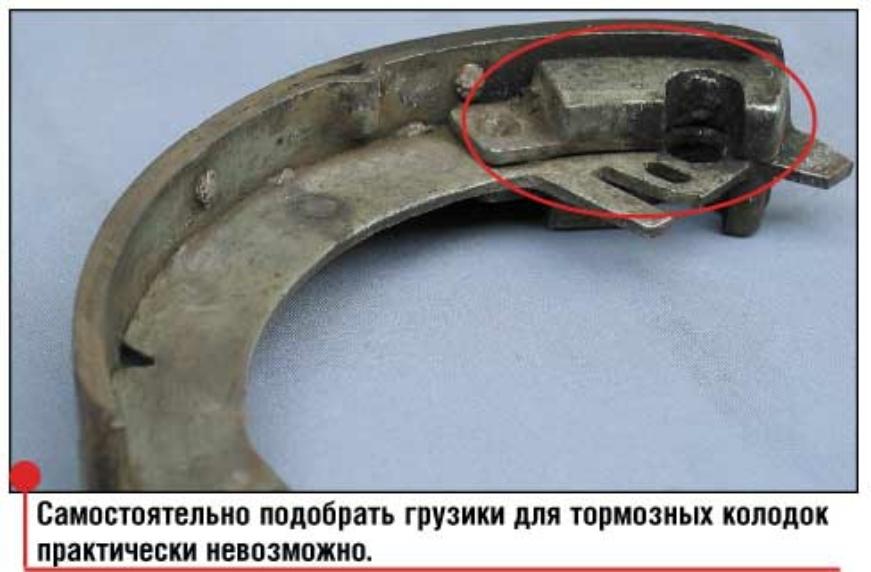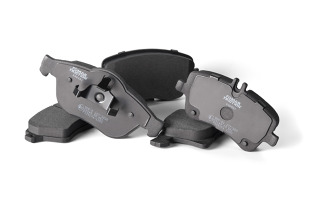
Published in Pads, pads, brake pads - what is it beeping and why?
 Patronage: Fomar Friction. The use of branded spare parts is beneficial not only for their high quality. Additional advantages are also important, such as the ability to use the extensive knowledge and experience of the manufacturer. Fomar Friction provides its trading partners with access to technical knowledge and is also happy to share it with drivers.
Patronage: Fomar Friction. The use of branded spare parts is beneficial not only for their high quality. Additional advantages are also important, such as the ability to use the extensive knowledge and experience of the manufacturer. Fomar Friction provides its trading partners with access to technical knowledge and is also happy to share it with drivers.
 Posted in Pads, Linings, Brake pads
Posted in Pads, Linings, Brake pads
Board of Trustees: Fomar Friction
Braking a moving vehicle requires dissipating a large amount of kinetic energy in the immediate vicinity. Most of the kinetic energy is converted to heat and very little to vibration and possibly noise from the friction of the brake pad against the brake disc or lining against the brake drum. This tiny fraction of energy, on the order of a few watts, can produce noise, sometimes in excess of 100 dB.
Proof that they slow down?
For some, noise when braking is a confirmation that the brakes are working, for others, that the brakes are not working properly. This is discomfort for everyone.
Vibration and noise are two types of processes that can accompany braking. They may be present simultaneously or separately, depending on the frequency range. Vibrations are felt on the brake pedal, and in extreme cases throughout the car. However, the most annoying squeaks when braking.
Squeaks are created when friction material rubs against a cast-iron anti-friction element and depends on the design of the brake system and suspension design, so the quality problem of brake pads is usually detected in certain types of brake systems. or vehicles. However, in a very negative way, this can apply to a wide group of brake pad patterns due to the use of inappropriate friction material.
Four springs
Sources of vibration and noise can be divided into four groups: brake pad, brake disc, brake caliper and environmental conditions. A brake pad may vibrate or squeal if its friction material properties are not suitable for its application, such as too high hardness, low porosity, or a high coefficient of friction at low speed.
The source of squeaks can also be the inability of the brake pad to rub against the brake disc during the first stage of use, so  noise assessment should also be made after a run of 200-300 km. Local unevenness on the disc, grooves, lip along the perimeter of the disc, disc runout and high disc rigidity are factors that contribute to noise and vibration during braking.
noise assessment should also be made after a run of 200-300 km. Local unevenness on the disc, grooves, lip along the perimeter of the disc, disc runout and high disc rigidity are factors that contribute to noise and vibration during braking.
Another element of the brake system that also contributes to noise and vibration is the brake caliper. The condition of the brake caliper guides, keeping the piston parallel to the brake shoe, and the quality and condition of the accessories are the main factors influencing possible braking noise. Among the environmental factors, two are distinguished: the so-called. morning effect, when, due to high humidity, a thin water microfilm forms between the friction pairs, while the disc oxidizes and becomes covered with a thin layer of rust. On the other hand, low humidity contributes to the formation of squeaks in a wide range of brake system operation.
Icon idea
The problem of brake squeaks is a challenge that pad and friction materials developers are trying to solve. For some time now, many manufacturers have implemented a solution that eliminates the generation of high-frequency vibrations and, to some extent, audible squeaks. A special damping plate (the so-called gasket) was used, a metal element, usually coated on both sides with a layer of rubber, mounted on a carrier plate from the side of the pusher.
